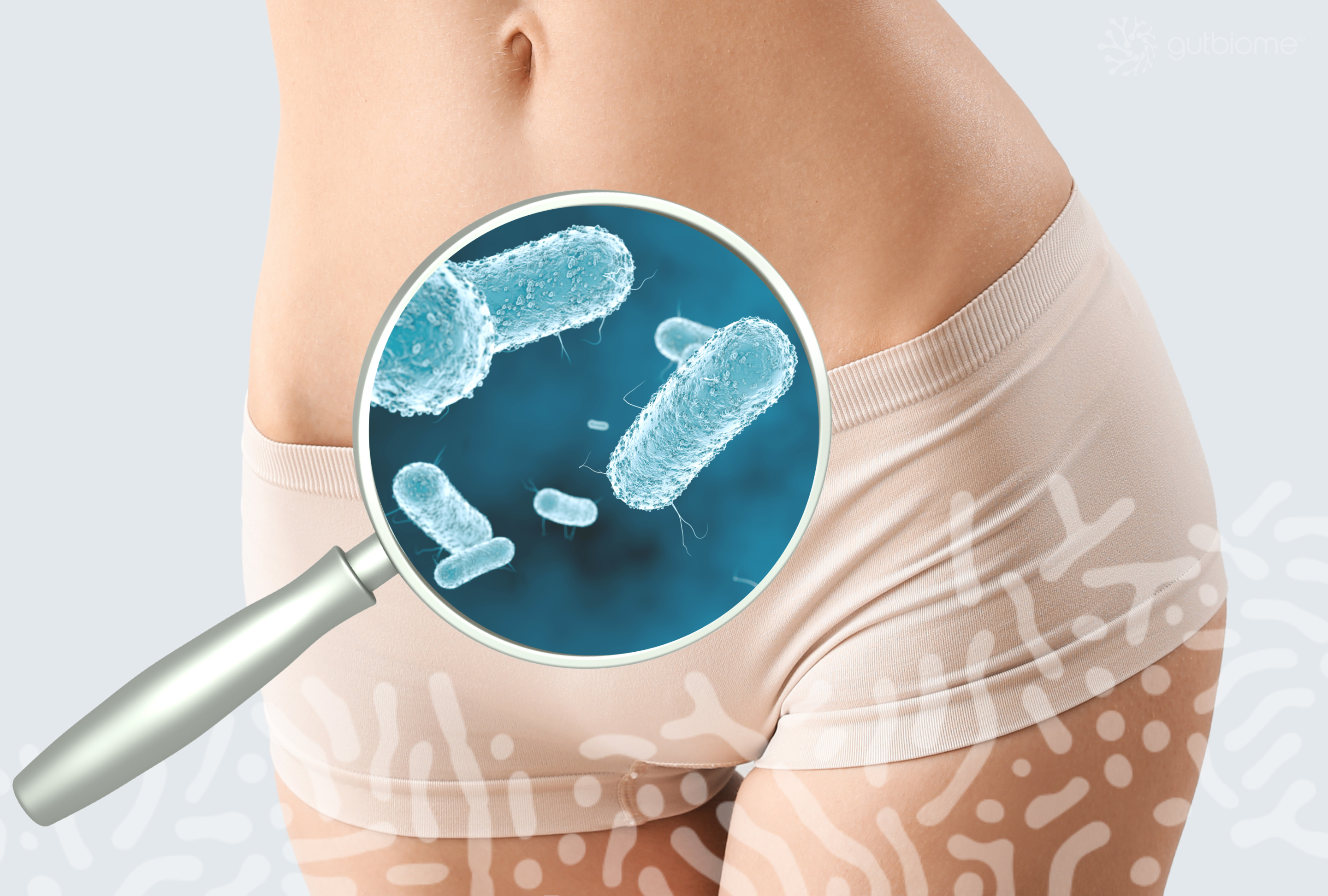The human body is a marvel of intricate systems working in harmony, and perhaps one of the most fascinating and enigmatic ecosystems resides within the female reproductive tract—the vaginal microbiome. This intricate network of microorganisms, often overlooked until recent years, plays a critical role in maintaining women’s overall health. In this blog post, we’ll embark on a journey into the hidden world of the vaginal microbiome, exploring its composition, significance, and the profound ways it impacts women’s well-being.
Vaginal Microbiome Unveiled: Diversity Beyond Measure
The vaginal microbiome is an intricate blend of bacteria, viruses, fungi and other microorganisms that reside within the vaginal environment. Just like a fingerprint each woman’s vaginal microbiome is unique and influenced by a combination of genetics, environment, lifestyle, and hormonal changes. While Lactobacillus species are dominant in the microbial environment the overall landscape is incredibly diverse showcasing the complexity of this hidden ecosystem.
The Role of the Vaginal Microbiome
Far from a passive bystander, the vaginal microbiome is an active participant in women’s health. It serves as a first line of defense, protecting against pathogens and infections by maintaining an acidic pH and producing antimicrobial substances. The composition of the vaginal microbiome evolves and changes throughout a woman’s life time.
During childhood, the microbiome is relatively simple, becoming more diverse during puberty due to hormonal changes. Pregnancy introduces shifts in the vaginal microbiome, with certain microbial communities associated with a higher risk of preterm birth. Menopause ushers in yet another transformation, as hormonal fluctuations lead to a decrease in Lactobacillus species, potentially increasing the risk of infections.
A balanced vaginal microbiome is linked to a reduced risk of urinary tract infections, yeast infections, and sexually transmitted infections. Moreover, this microbial community is intricately tied to reproductive health, influencing fertility, pregnancy outcomes, and even birth-related complications.
Bacterial vaginosis (BV) is a common vaginal infection affecting a significant portion of reproductive-aged women worldwide. BV occurs when there is an imbalance in the vaginal microbiome, with a decrease in Lactobacillus species and an increase in pathogenic bacteria. This disruption in microbial equilibrium can have far-reaching implications for women’s health. BV not only increases the risk of STIs and other vaginal infections but also increases the risk of contracting HIV and raises the likelihood of pre-term birth, a leading cause of infant mortality. Additional research has highlighted gynecological complexities arising from BV, which have notable connections with conditions such as pelvic inflammatory disease (PID), inflammatory disorders, and fertility-related concerns.
Lactobacilli: The Heroes of Vaginal Health
Among the diverse cast of vaginal microbes, the Lactobacillus family emerges as the heroes of the microbial saga. In an ideal vaginal environment, Lactobacillus species dominate, producing lactic acid that helps maintain an optimal pH. This low pH environment acts as a deterrent to pathogenic bacteria, such as Escherichia coli, Gardnerella vaginalis, Candida species, and more. These protective bacteria also contribute to the integrity of the vaginal lining, guarding against imbalances that can lead to inflammation and reproductive health issues.
Bridging The Gap: Women’s Health
Lactobacillus rhamnosus GG, often denoted as L. rhamnosus GG or simply “GG,” stands out as one of the extensively examined and well-documented strains of probiotics and is the strongest strain used in our Gutbiome Advanced Formula. This specific bacterial strain is frequently harnessed to bolster both digestive and immune well-being. However, it has also been the subject of investigation regarding its potential advantages for women’s health. Given the dominance of Lactobacillus bacteria in the vaginal microbiome, recognized for their protective attributes, there exists a pertinent need for further exploration into the vaginal microbiome enigma. This deeper inquiry aims to shed light on how synbiotics can more effectively contribute to the enhancement of women’s health.
Empowering Women Through Knowledge
Understanding the intricacies of the vaginal microbiome can empower women to take charge of their health. A few key practices can support a balanced microbiome:
1. Hygiene Awareness: Avoid excessive douching and harsh soaps, as they can disrupt the delicate microbial balance.
2. Probiotics: Certain probiotics containing Lactobacillus strains may help maintain a healthy vaginal microbiome with supportive prebiotic combinations.
3. Safe Sex: Condom use and regular STI screenings can help prevent infections that might disrupt the microbiome.
4. Balanced Diet: A diet rich in fiber and nutrients can indirectly support the microbiome’s diversity.
Beyond Women’s Health: Implications for Research
The vaginal microbiome, once shrouded in mystery, is now emerging as a vital player in women’s health. Its impact spans from reproductive well-being to broader health implications, sparking new avenues of research and potential interventions. As scientists delve deeper into the complexities of this hidden ecosystem, women are presented with the opportunity to prioritize their health by nurturing a balanced and diverse vaginal microbiome—an empowerment that holds the promise of a healthier and more harmonious life.
References
Lathrop, M. (n.d.). Vaginal microbiome: Everything you need to know . Ombre. https://www.ombrelab.com/blogs/vaginal/vaginal-microbiome-everything-you-need-to-know
Lewis, F., Bernstein, K., & Aral, S. (2017, April). Vaginal Microbiome and Its Relationship to Behavior, Sexual Health, and Sexually Transmitted Diseases. Obstetrics and Gynecology . https://journals.lww.com/greenjournal/abstract/2017/04000/vaginal_microbiome_and_its_relationship_to.8.aspx
Lindsay Brownell, L. (2022, November 28). A breakthrough in bacterial vaginosis treatment for women’s health. Wyss Institute. https://wyss.harvard.edu/news/a-breakthrough-in-bacterial-vaginosis-treatment-for-womens-health/
Mei, Z., & Li, D. (2022, July 28). The role of probiotics in vaginal health. Frontiers in cellular and infection microbiology. https://www.ncbi.nlm.nih.gov/pmc/articles/PMC9366906/

